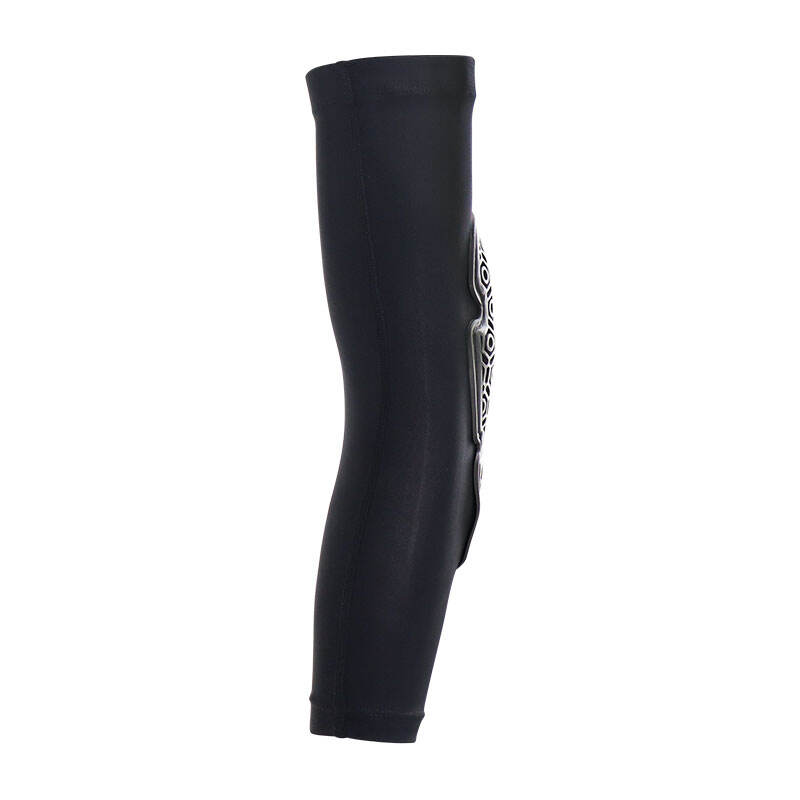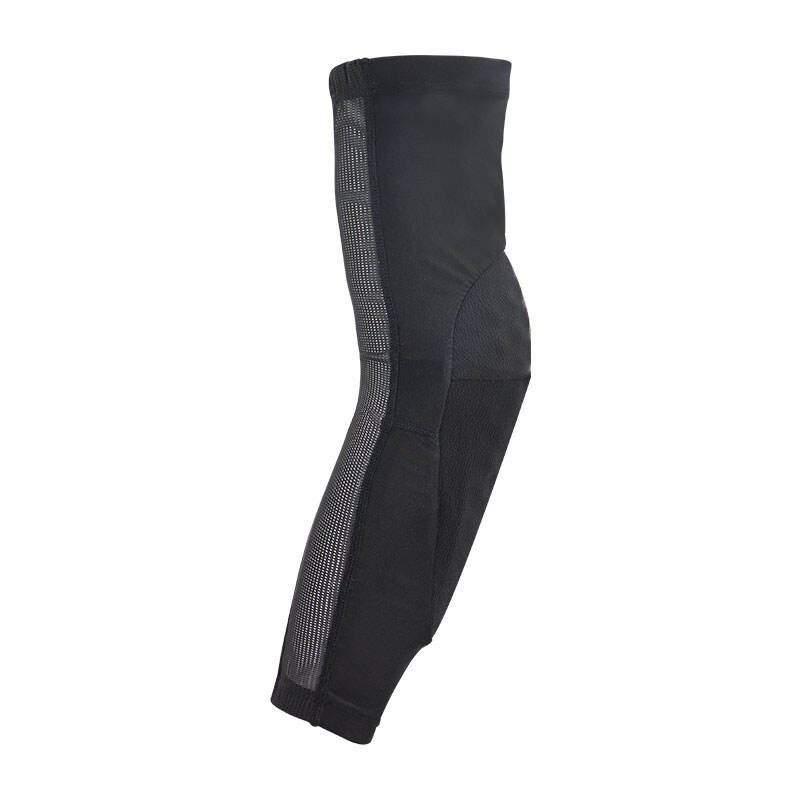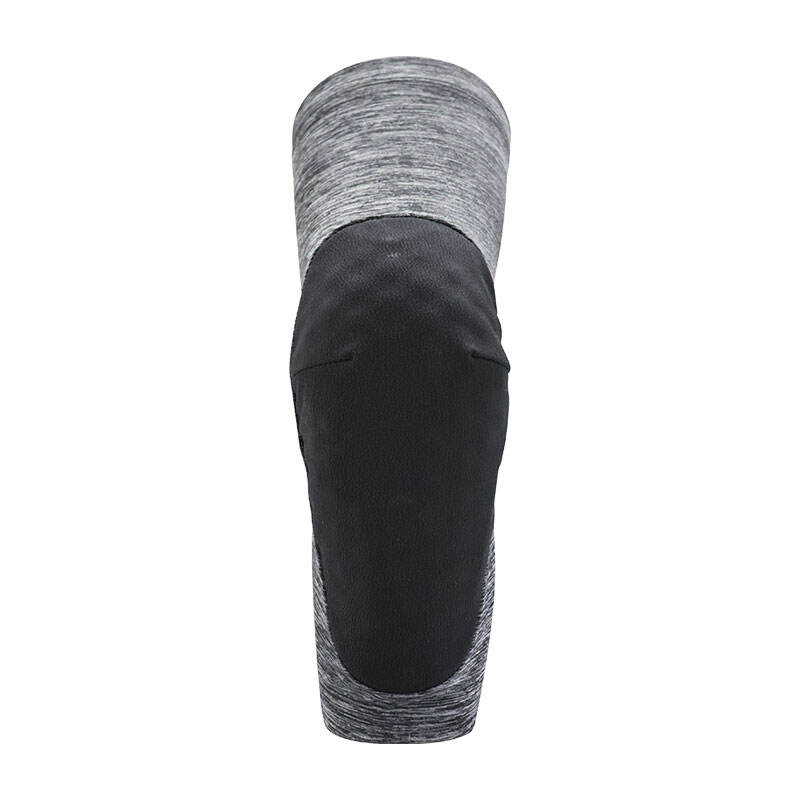When selecting knee pads, understanding the durability of the material is crucial. TPV (Thermoplastic Vulcanizate) and PU (Polyurethane) foam are two common materials used. TPV stands out for its superior durability, flexibility, and resistance to wear and tear, making it ideal for motorcycle and MTB knee pads. Its ability to withstand extreme temperatures and moisture extends the lifespan and ensures consistent performance over time. PU foam, while comfortable and affordable, often lacks the resilience of TPV, especially under harsh conditions. Industry tests have shown that TPV knee pads maintain their protective qualities longer, providing better long-term value for avid riders facing diverse environments.
Achieving the right fit in knee pads is essential for ensuring optimal protection and comfort. A properly fitting knee pad should align perfectly with the user's body type and the specific activity undertaken, whether cycling, motorcycling, or working. I recommend carefully measuring the circumference of the knee area and consulting sizing guides to find the correct size. Additionally, adjustable straps enhance fit by allowing slight changes to accommodate differing body shapes and prevent the pads from slipping during movement. Properly fitting knee pads provide security during high-impact activities by minimizing movement, thus reducing the risk of injury as endorsed by several safety standards.
The EN1621-1 safety standard is pivotal in determining the impact protection levels of knee pads. This standard categorizes knee pads into Level 1 and Level 2 protection, with Level 1 suitable for lighter activities like trail biking and Level 2 offering enhanced protection for more rigorous tasks such as motocross or alpine sports. When choosing knee pads, looking for manufacturer certifications that comply with these ratings is essential. This guarantees that the knee pads can provide adequate protection across various activities. For instance, Level 2 knee pads incorporate advanced shock absorption technologies, making them a preferred choice for extreme sports enthusiasts seeking extra safety assurance.
Motorcycle knee pads are engineered to provide maximum protection by incorporating features that enhance impact resistance and abrasion protection. These pads often utilize hardened outer shells and internal foams that absorb and disperse energy during crashes, minimizing the risk of knee injuries. Key features, such as knee cup designs, play a substantial role in deflecting forces experienced during a fall, effectively reducing the impact felt by the rider. Moreover, industry standards, such as the EN1621-1 safety criteria, underscore the effectiveness of these protective measures in enhancing rider safety. When motorcycle knee pads conform to these standards, riders can confidently rely on their protective gear for significant safety improvements during rides.
Mountain biking places unique demands on knee pads, necessitating designs that prioritize breathability and flexibility. Breathable materials help prevent overheating during intense rides by allowing heat and moisture to escape, ensuring comfort over long periods. Flexibility in the design is crucial for maintaining unrestricted movement, especially during complex maneuvers. Optimal MTB knee pads balance protection with comfort and breathability, often integrating mesh panels and lightweight armor technologies that adapt to the cyclist's motion. Materials such as advanced foams and elastic fabrics are recommended for MTB knee pads to achieve this balance, offering both comfort and robust protection during rigorous cycling activities.
The SBP663 knee pads offer an innovative approach to comfort and protection, highlighted by their lightweight design using TPV and Lycra materials. The combination of these materials makes them incredibly comfortable during extended wear, suitable for a variety of activities. The lightness of the design ensures that the pads do not impede movement, while still providing the necessary protection, making them ideal for long-duration use. User reviews frequently praise these knee pads for their comfort and effective performance, often mentioning that the lightweight feel does not compromise the protection they offer. These pads are designed to be a reliable choice for anyone needing durable yet comfortable protection for their knees.

Designed for high-impact environments, the SBP670 knee pads meet Level 2 impact protection standards, using advanced material technologies to ensure safety. The pads incorporate PU foam and wear-resistant cloth, providing users with superior protection in extreme conditions, such as professional sports or rigorous outdoor activities. Expert reviews often highlight the exceptional impact resistance these knee pads offer, making them a necessary investment for those involved in high-intensity activities where enhanced protection is crucial. This level of protection ensures that both athletes and professionals can perform with confidence, knowing their knee health is safeguarded.

The SBP671 knee pads are engineered with a focus on wear-resistance, ensuring durability and performance even in the most challenging conditions. Built from PU foam and wear-resistant cloth, these pads are perfect for individuals who frequently engage in outdoor activities or sports that subject their gear to significant wear and tear. Investing in durable knee pads like the SBP671 can save frequent users from the inconvenience and cost of frequent replacements. Customers consistently acknowledge the longevity of these pads in their testimonials, noting how well they stand up over time and under pressure, making them a smart investment for any outdoor enthusiast.

Taking care of knee pads is essential to ensure their performance and longevity. When cleaning knee pads made from materials like TPV and polyurethane foam, it is crucial to select appropriate methods to maintain their protective properties. For TPV, wiping them down with a damp cloth and gentle soap suffices, while PU foam knee pads can be hand-washed using mild detergent and cold water. It's important to avoid harsh chemicals that might compromise the materials. Neglecting proper cleaning can lead to a gradual degradation of the protective features, thus impacting their lifespan. Consider this: consistent maintenance routines can increase the lifespan of protective gear by up to 30%, according to industry studies.
Proper storage between uses is pivotal to keeping knee pads in excellent condition. To prevent damage, one should store knee pads away from direct sunlight and contaminants such as dirt and moisture. Avoiding high temperatures and humid environments also plays a key role in maintaining structural integrity. Proper storage does not just preserve the appearance; it ensures the pads continue to perform effectively over time. Here are some dos and don'ts to consider:
According to expert opinions and industry standards, observing these recommendations ensures your knee pads remain as efficient as the day you bought them.
 Hot News
Hot News2025-12-08
2025-09-15
2024-12-30
2024-12-23
2024-12-09
2024-12-02